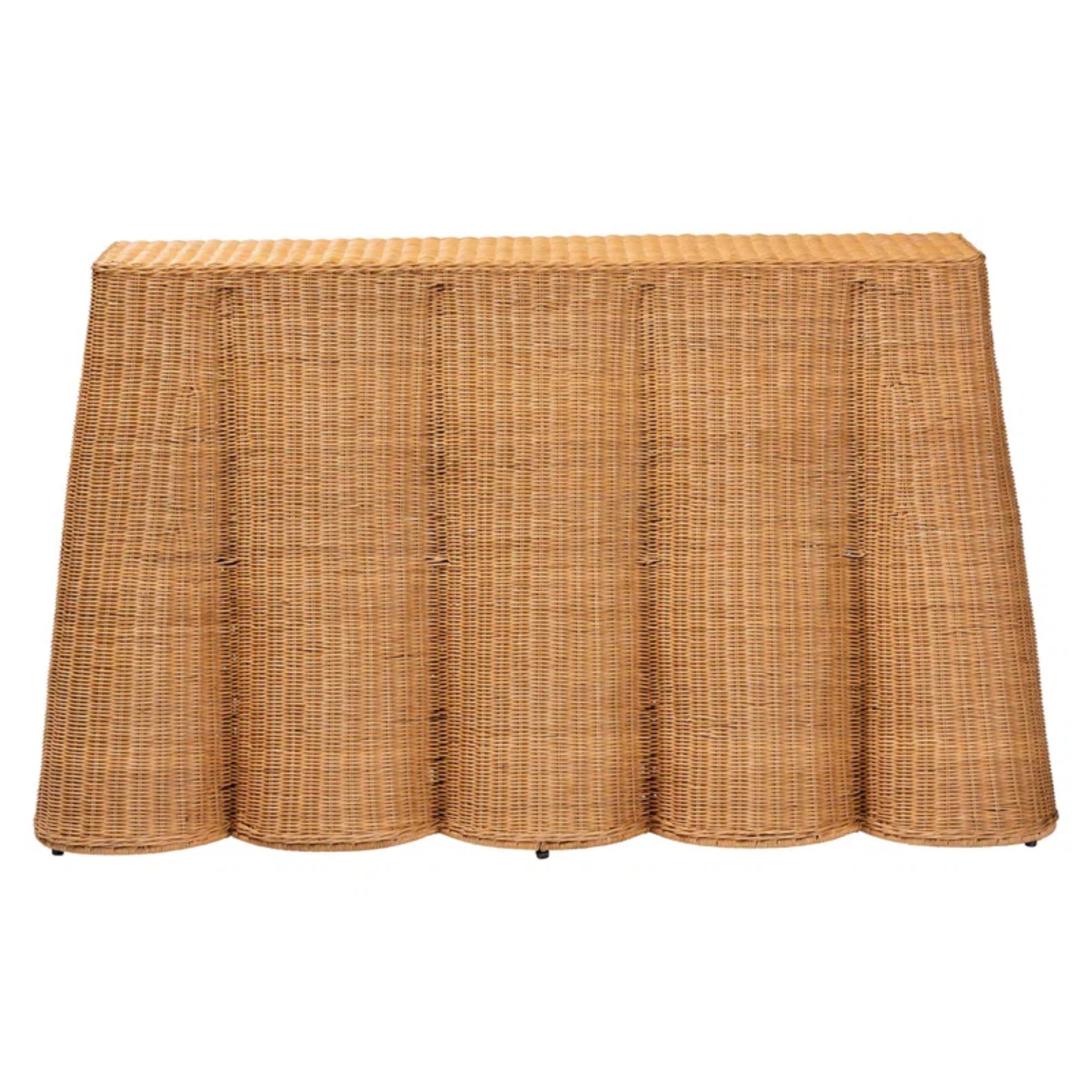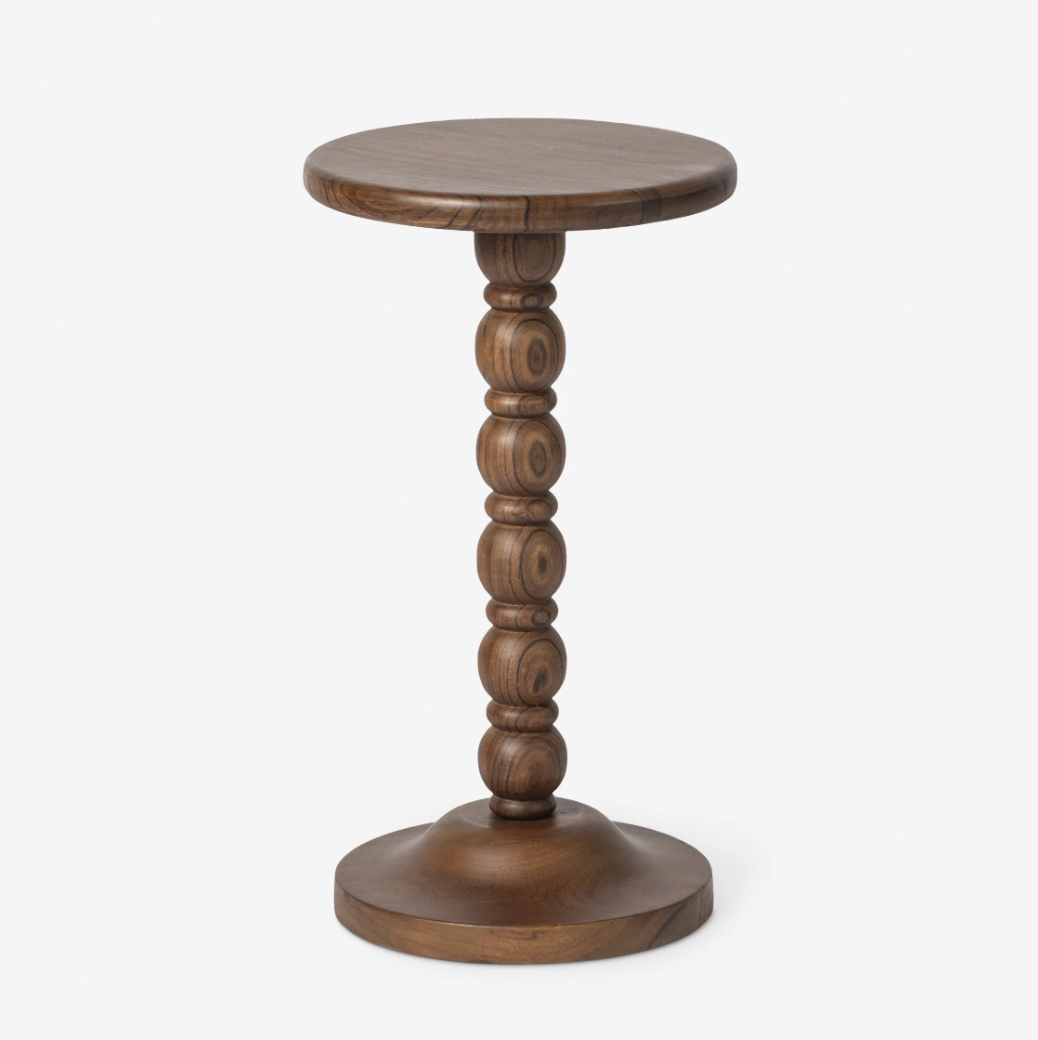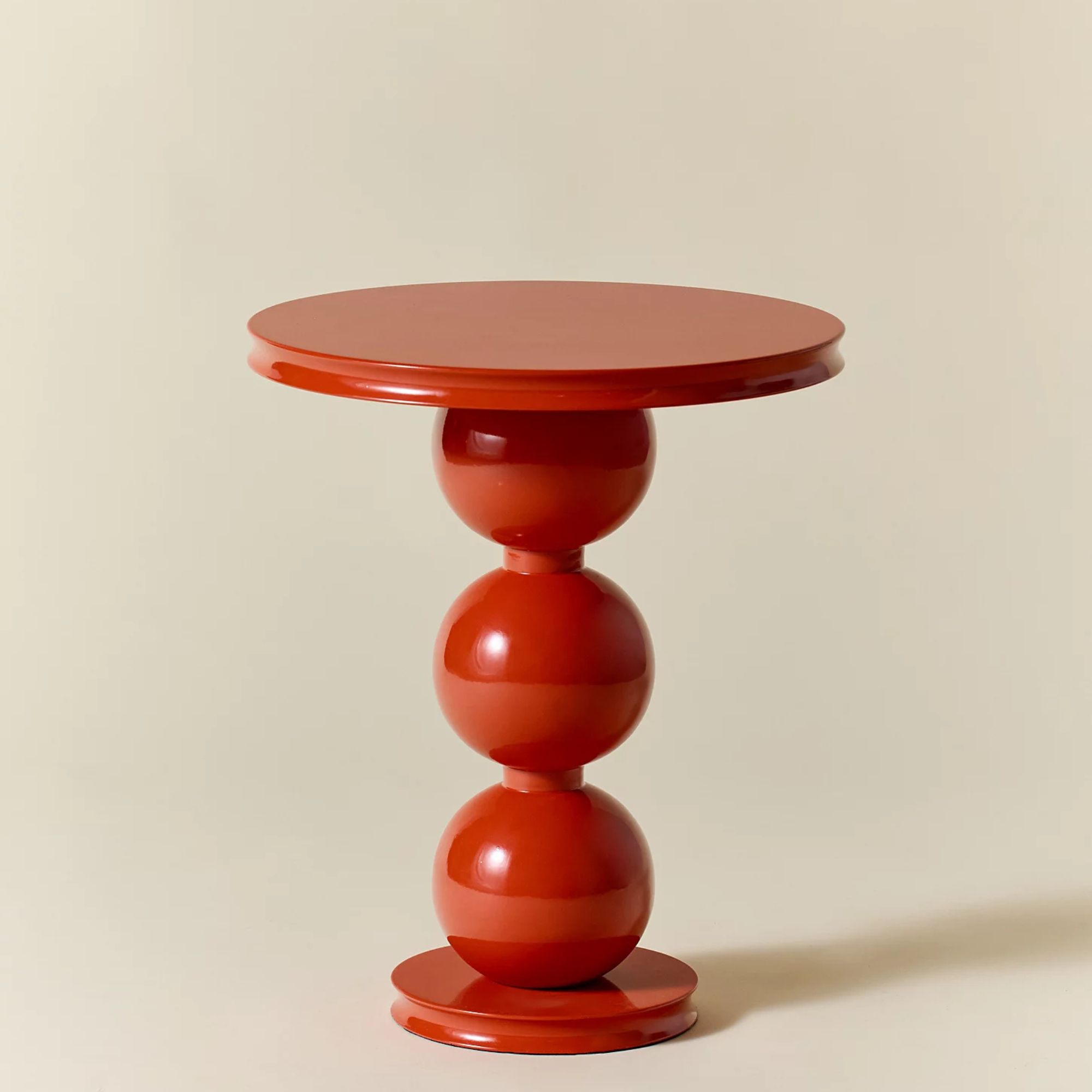8 mistakes to avoid when buying furniture – common pitfalls designers warn could let down your design
For an interior that looks polished and put-together, experts urge you to steer clear of these mistakes when buying new furniture
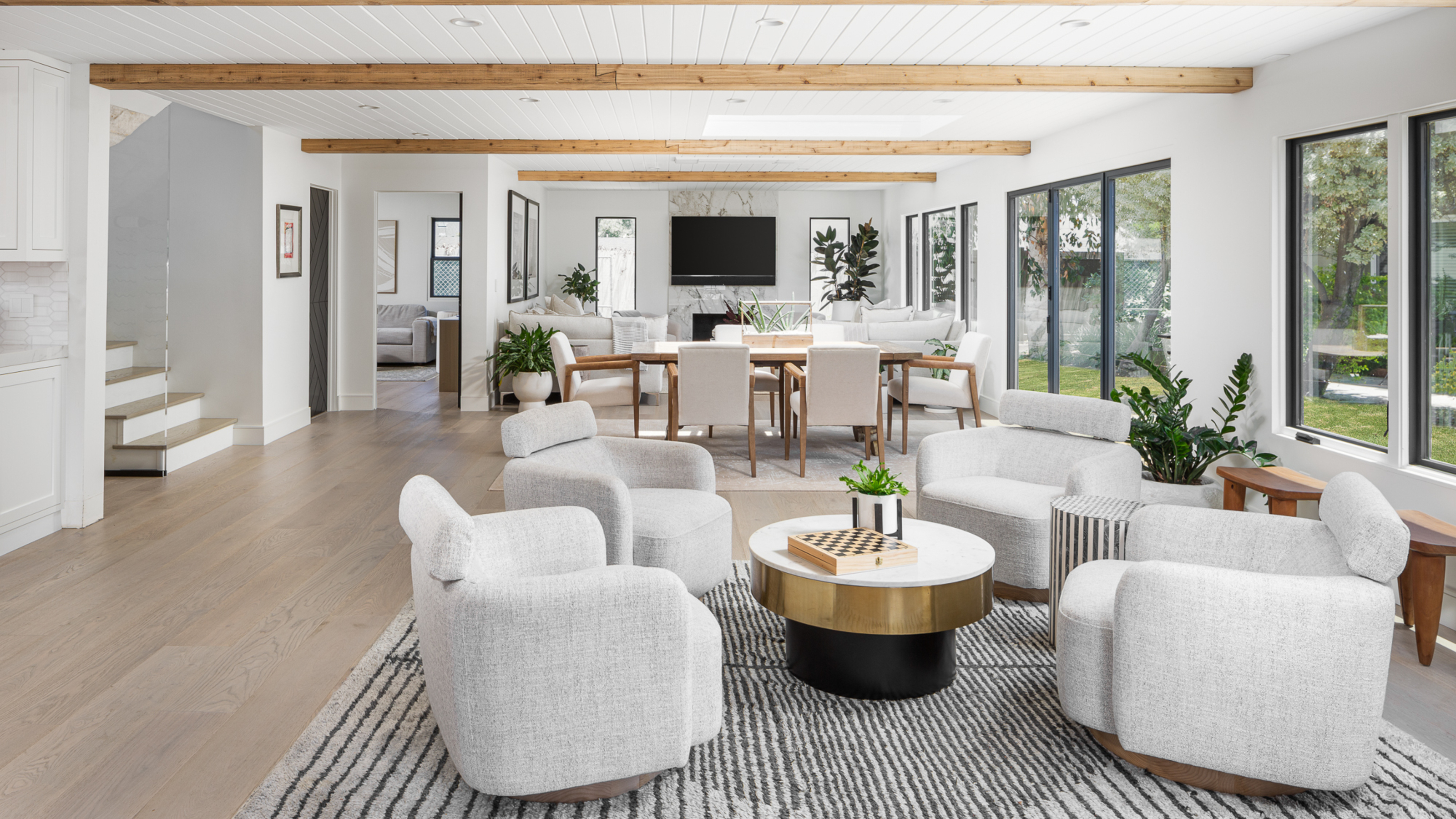

If you want a beautifully curated home with enduring appeal, you can't buy furniture on a whim. Our furniture should be an investment, so it's important you make an informed, intentional decision about the pieces you bring into your home.
Of course, there are plenty of mistakes to be made when buying new furniture. From failing to measure the space to choosing a style that doesn't complement the rest of your design, we have probably all been guilty of one or two of them.
The reality is, an impulsive furniture purchase rarely ends in a successful interior design. Instead, it takes planning, measuring, and a good eye to find the perfect piece of furniture for your home. While the options are endless, finding the right fit is no mean feat. Think of it like Cinderella's slipper – only the perfect match would do.
If you're on the hunt for new furniture, make sure you avoid making any major design mistakes during your search. Here's how to ensure you find the perfect match for your space, be it a bed upgrade or a brand new sofa.
1. Skipping measurements
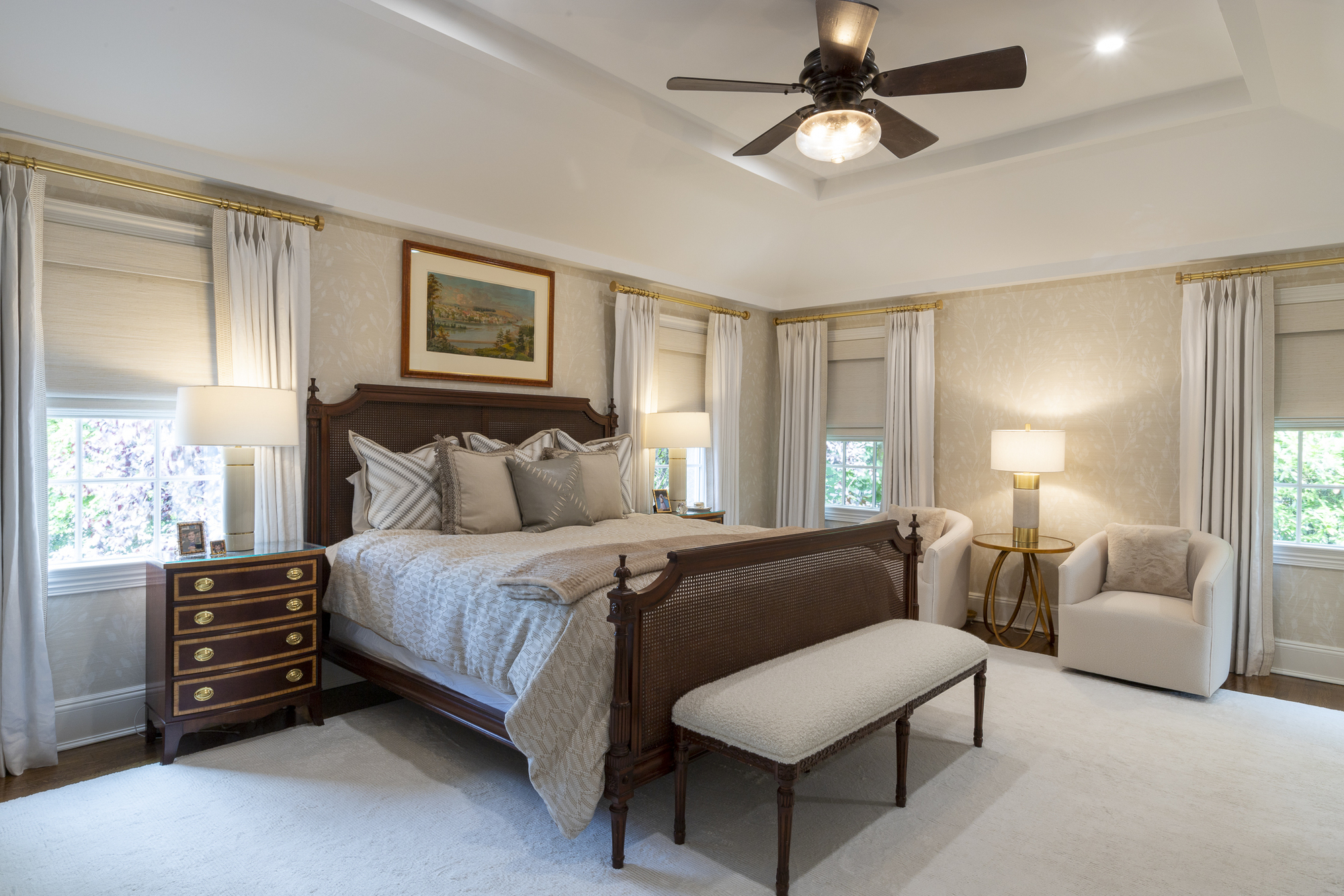
By far the most common mistake when buying furniture is failing to measure either your existing space or the piece of furniture that's caught your eye.
Both are vital if you want the best fit, especially if you're working with tight spaces or awkward alcoves. The last thing you want to do is return that sofa you love because it's a few inches too long for your living room. 'A beautiful piece won’t matter if it doesn’t fit in your room or through the door,' says Meredith Owen of Meredith Owen Interiors.
Interior designer Tabitha Mahaffey's mantra is 'measure twice, purchase once'. 'Furniture showrooms are large and have a tendency to make furniture look small,' she says. 'What looks just right in the store may be way too big for your space.' Always bring a tape measure with you when buying furniture in store, and read product specifications properly if shopping online.
Design expertise in your inbox – from inspiring decorating ideas and beautiful celebrity homes to practical gardening advice and shopping round-ups.
2. Purchasing furniture without a plan
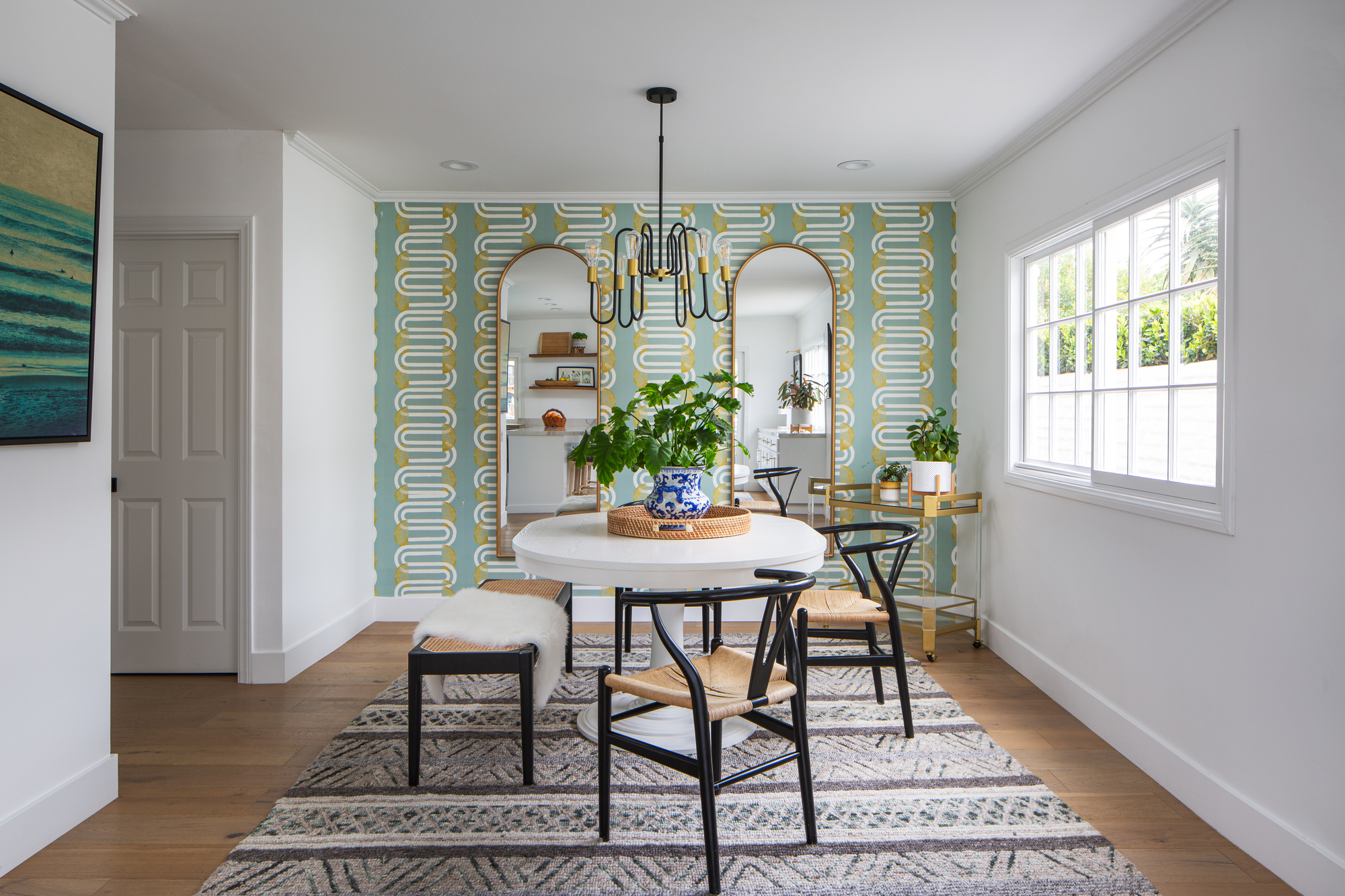
If you're anything like us, new furniture will tempt you at every turn, but don't make the mistake of buying on impulse or falling for fleeting furniture trends. That new sofa may look beautiful styled in that department store window, but it could look out of place against the backdrop of your living room.
'Furniture bought without a cohesive vision can make a space feel disjointed,' says Meredith. 'Have a floor plan or inspiration board in place before shopping to ensure a pulled-together look.'
This doesn't mean you shouldn't make furniture choices based on what brings you joy. Quite the opposite. 'A well-designed space perfectly tailored to be as unique as you will enhance your psyche and overall well-being,' says Lindsay. 'Not having a vision and simply following what your neighbors are doing leads to an impersonal home that isn’t true to who you are. You want your house to be your home where your personality shines through for all to see.'
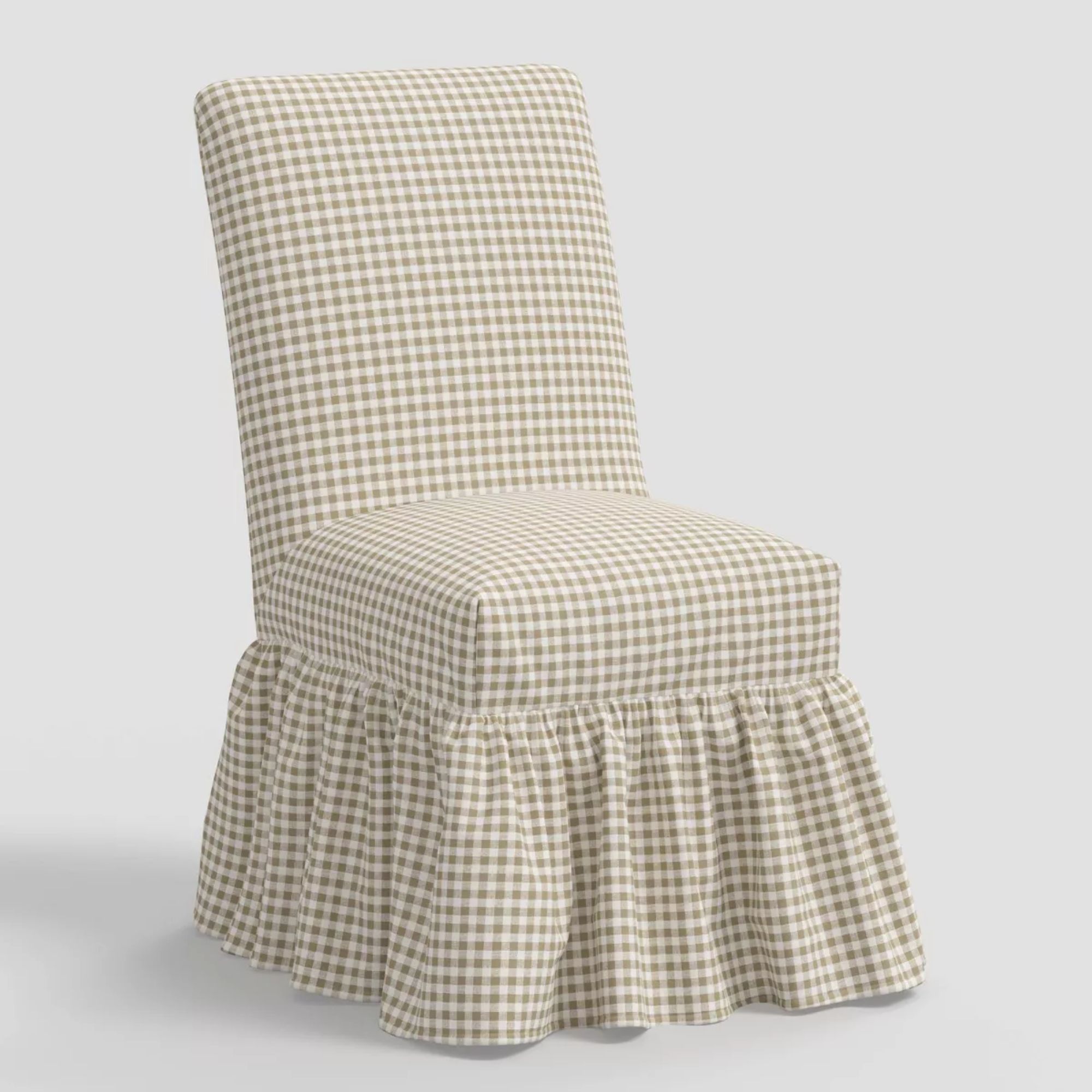
Classic designs are always going to be a better investment, but as Lindsay points out, that doesn't mean you can't still choose pieces that speak to you. Mix a classic style with something that feels more you – like this slipcover chair, the shape and style is timeless, and the gingham print, slightly more trendy.
3. Ignoring scale and proportion

In a similar vein, don't settle for ill-fitting furniture that's the wrong proportion for your room. If you want your furniture to make your home look more expensive, you want it to fit comfortably in the desired space.
'Using furniture or decor that’s too big or too small for a room disrupts the natural flow and harmony of a space,' says Kerith Flynn, principal designer and founder of Margali & Flynn Designs.
The key, she says, is to consider the overall size of your furniture in relation to the room. 'A large sectional can look fantastic in a spacious living room but might overwhelm a smaller space,' Kerith continues. 'Likewise, a small loveseat or armchair can look lost in a room with high ceilings and wide walls. The key is balance: ensure the furniture doesn’t crowd the space or dominate it.'
Lindsay Olson of Lulu Designs has some design rules when it comes to the height of furniture, too. 'Nothing in your room, especially nightstands, should be shorter than 26 inches in height, and table lamps should be at least 30 inches,' she explains. 'Even if you only have an 8-foot ceiling, there’s no way furniture should be 2 feet tall.'
To avoid falling foul of this furniture arranging mistake (one that's easier to make than you think), it's a good idea to map out your space before you buy furniture. 'Use painter’s tape or digital tools to space plan your room before purchasing so you don’t end up with a room that doesn’t work,' says Meredith.
4. Buying cheap
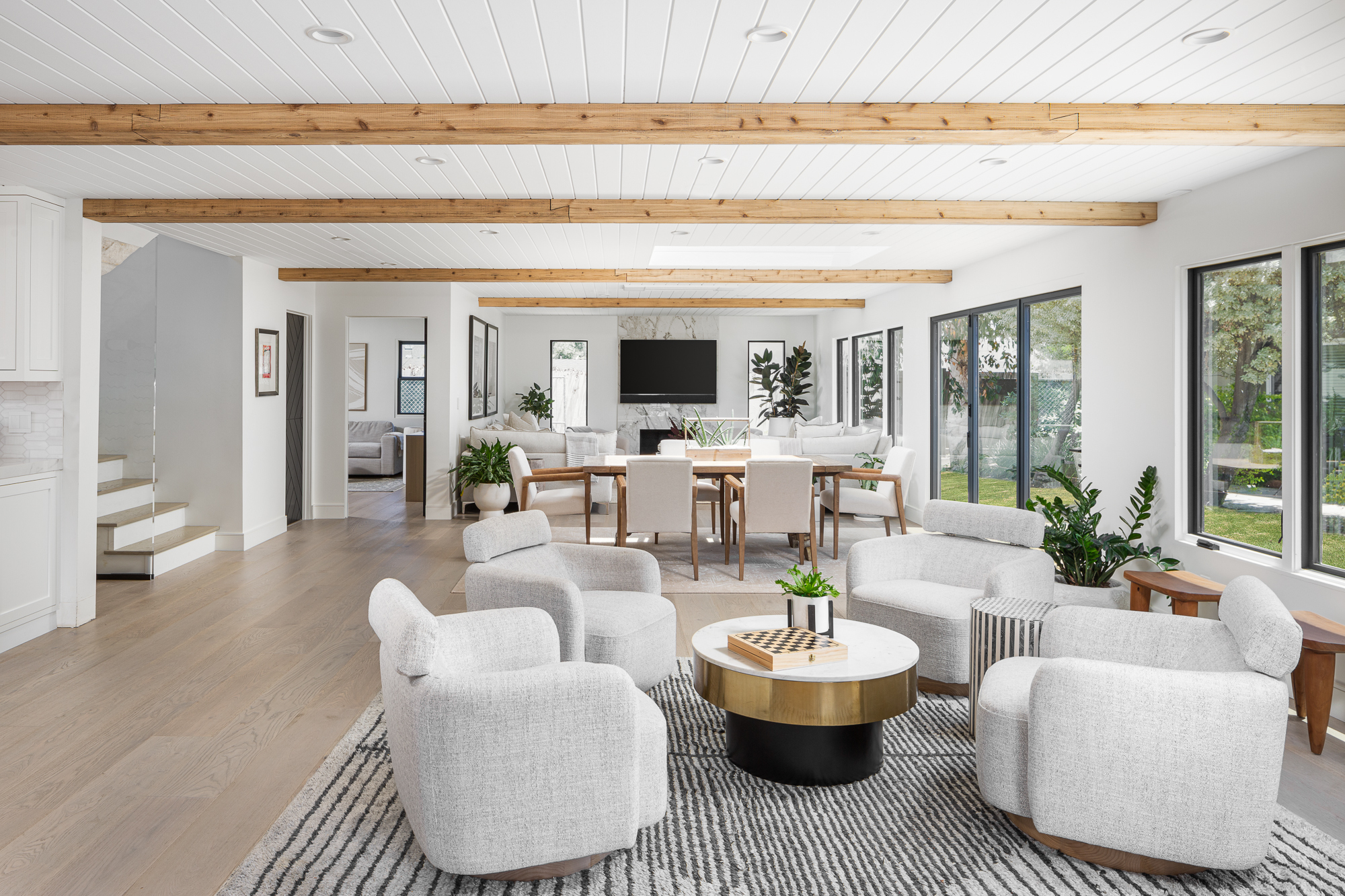
When it comes to our living room furniture ideas (or any part of the home, for that matter) you should always prioritize quality over quantity.
'That bargain sofa or chair may look good now, but it won’t last,' says Meredith. 'Invest in quality for pieces you use every day – like sofas and dining chairs – and let trendier, lower-cost items fill in around them.'
Your furniture doesn't necessarily need to leave a huge dent in your wallet. You can still purchase good quality, second-hand items at a fraction of the cost of brand new. Those low-quality particleboard desks or laminate tables, however, will only cost you more in the long term.
'Invest in furniture that stands the test of time,' urges Tabitha. 'You'll pay more up front, but it will last far longer. Plus, the family member who inherits it later will thank you.' In fact, she recommends adopting this inheritance philosophy when you shop for new furnishings. 'Think of furniture as a long-term investment that can be passed down. This way it’s more likely to be used over the years versus contributing to a landfill.'
We asked where designers shop for furniture, which is a good place to start in your search for great quality furniture.
5. Opting for matching furniture sets
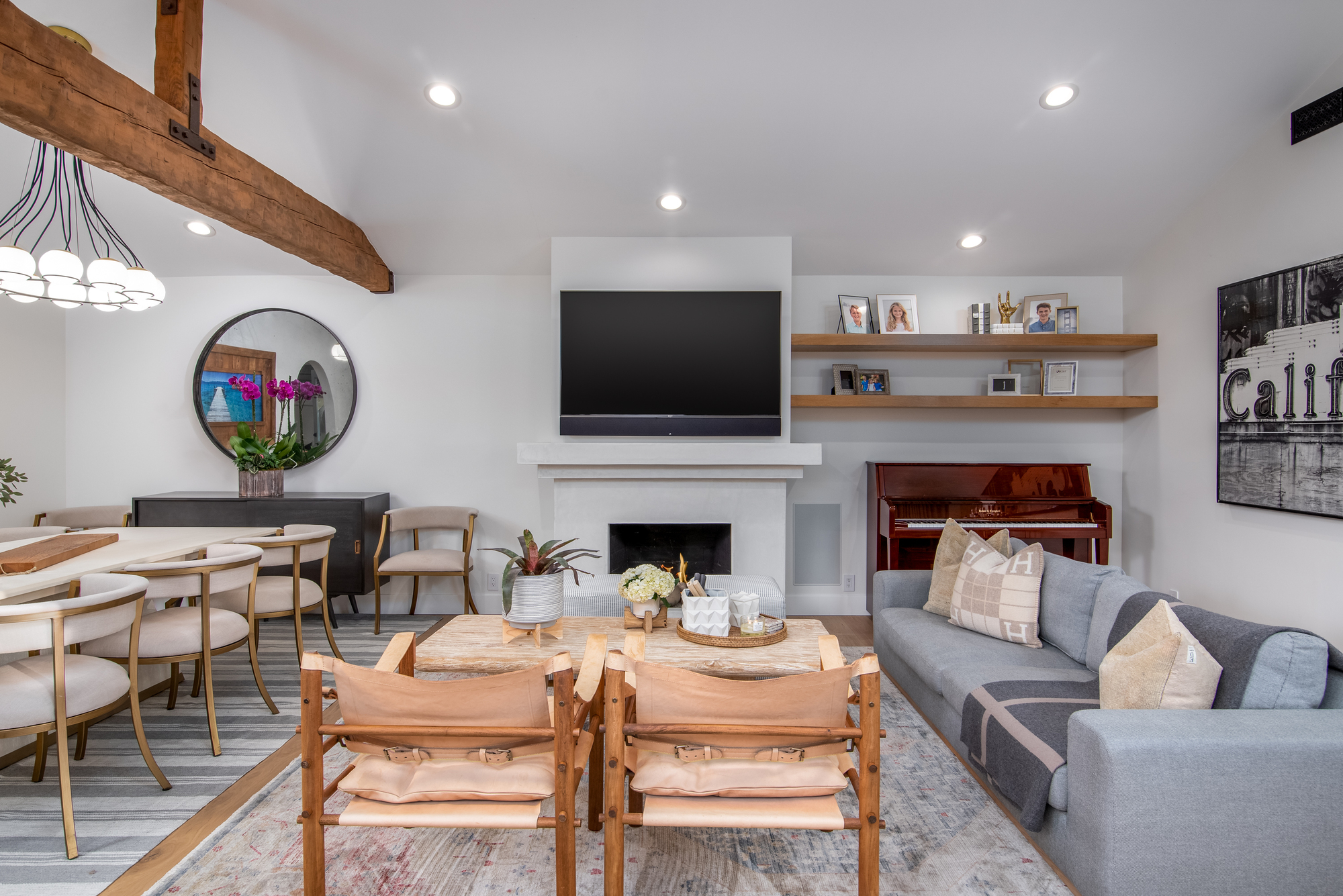
'Matchy-matchy' furnishings are a pet hate among designers. You might think uniform sets (like sofa, armchairs, and ottoman) produce a clean look, but it's actually a common mistake people make when buying furniture. In reality, matching furniture tends to land on the sterile side, creating spaces lacking in personality and charm.
Kerith is staunchly against this 'rigid' look. 'While having a cohesive style is important, overly matching pieces can look sterile and uninspired,' she says. 'Mixing and matching different furniture pieces can add variety, personality, and depth to the room, giving it a more curated and lived-in feel. Choose a few key pieces that share a common thread like color, material, or shape to create a sense of cohesion while introducing variety and interest.'
For a more balanced, visually arresting design, be sure to buy furniture that mixes decades and styles. 'An industrial lamp, mid-century modern chairs, and a plush, contemporary rug can work beautifully together if they share a common color palette or theme,' adds Kerith. 'Layering various elements in this way will give your space character, depth, and a sense of authenticity that feels both stylish and lived-in.'
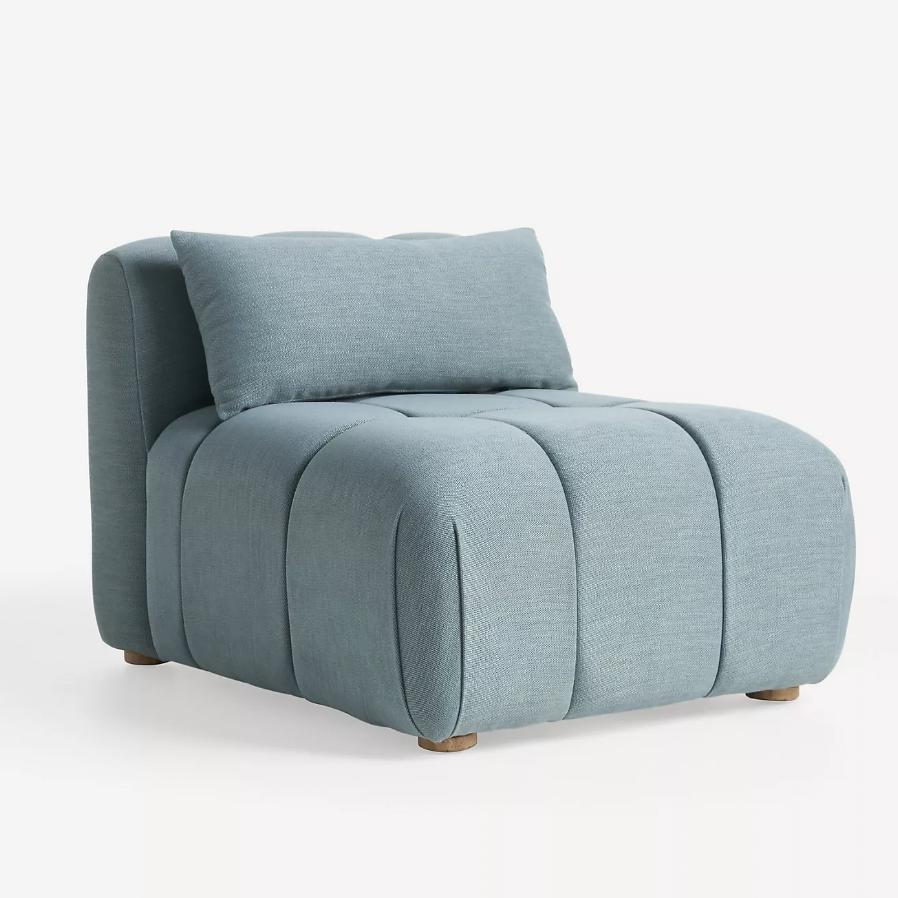
Modular seating is a practical furniture choice. Not only can you grow your sofa, changing the shape and size as needed, but you can also switch out components for a more varied design. Pair this chair with a more classic ottoman and traditional wingback armchair, for example.
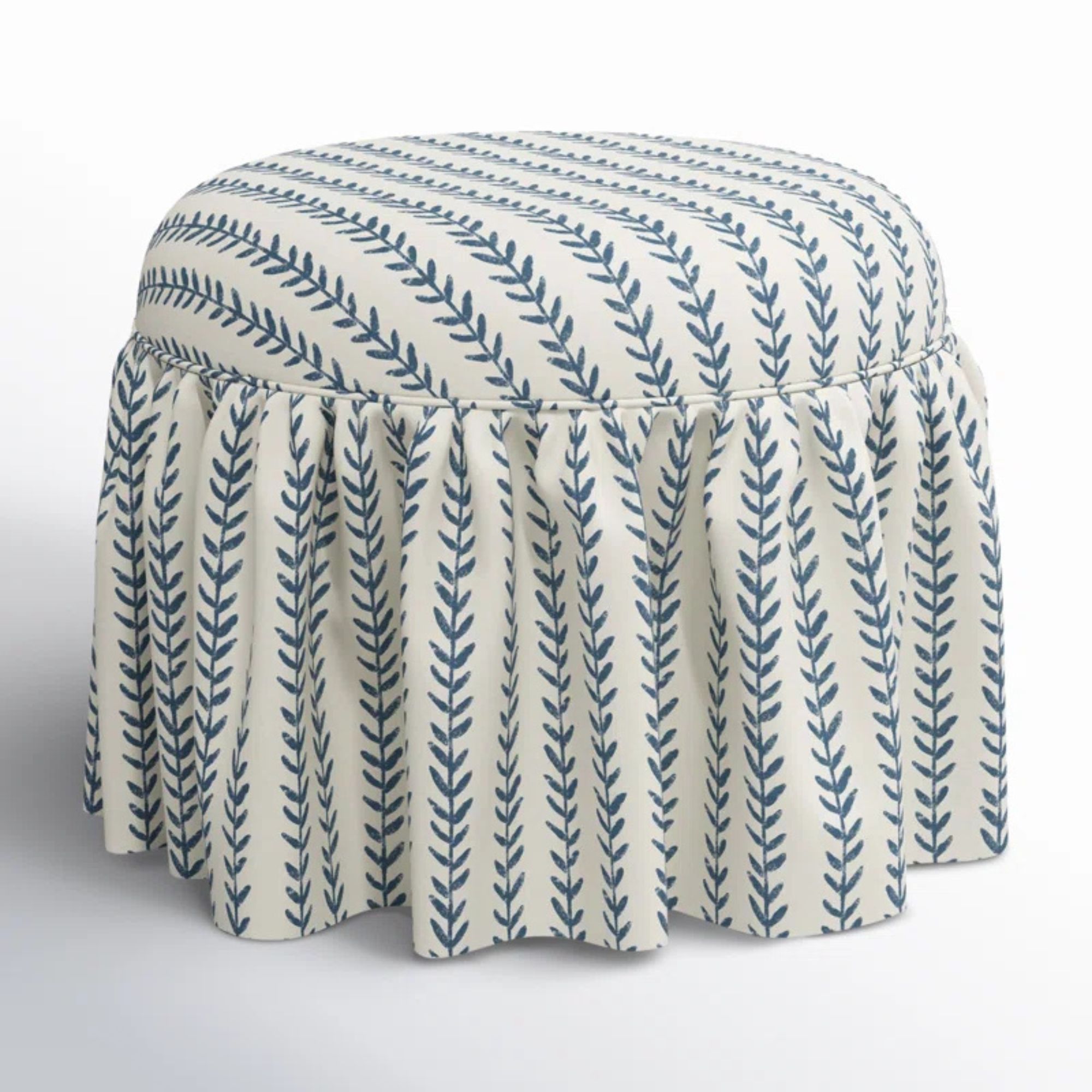
Covered in detailed vine print, this ruffled ottoman is the perfect whimsical accessory that will liven up any living room, bedroom, or hallway. It would pair beautifully with the blue seating, too for a setup that feels cohesive but not too matchy-matchy.
6. Failing to account for narrow doorways
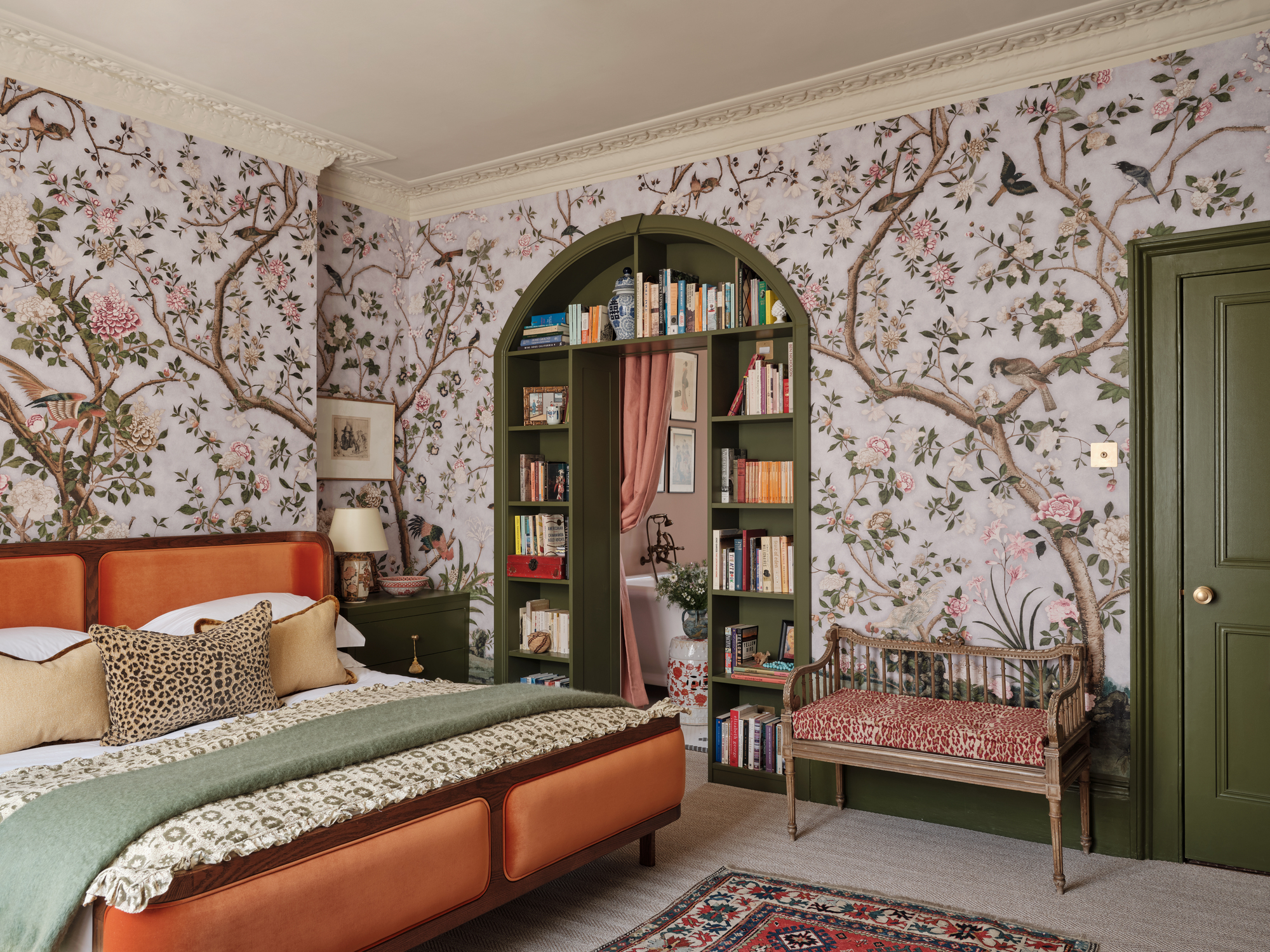
Have you ever fallen in love with a bed, sofa, or dining set and then struggled to squeeze it into your home? You're not alone. Besides measuring your space and your desired piece of furniture, you need to measure any awkward nooks and entryways in your home that said furniture has to travel through.
The best furniture stores will usually offer a delivery service to help you transport your new furniture, but they can't work miracles. 'Always consider tight stairwells and doorways before purchasing furniture,' says Tabitha. 'I’ve made this mistake and had to return a beautiful bookcase when it wouldn’t fit up the stairwell.'
Avoid this mistake by measuring tight spots, or arranging a contingency plan for getting furniture into your home, such as a large window. If ever in doubt, prioritize flatpack furniture that can be assembled inside.
7. Forgetting function
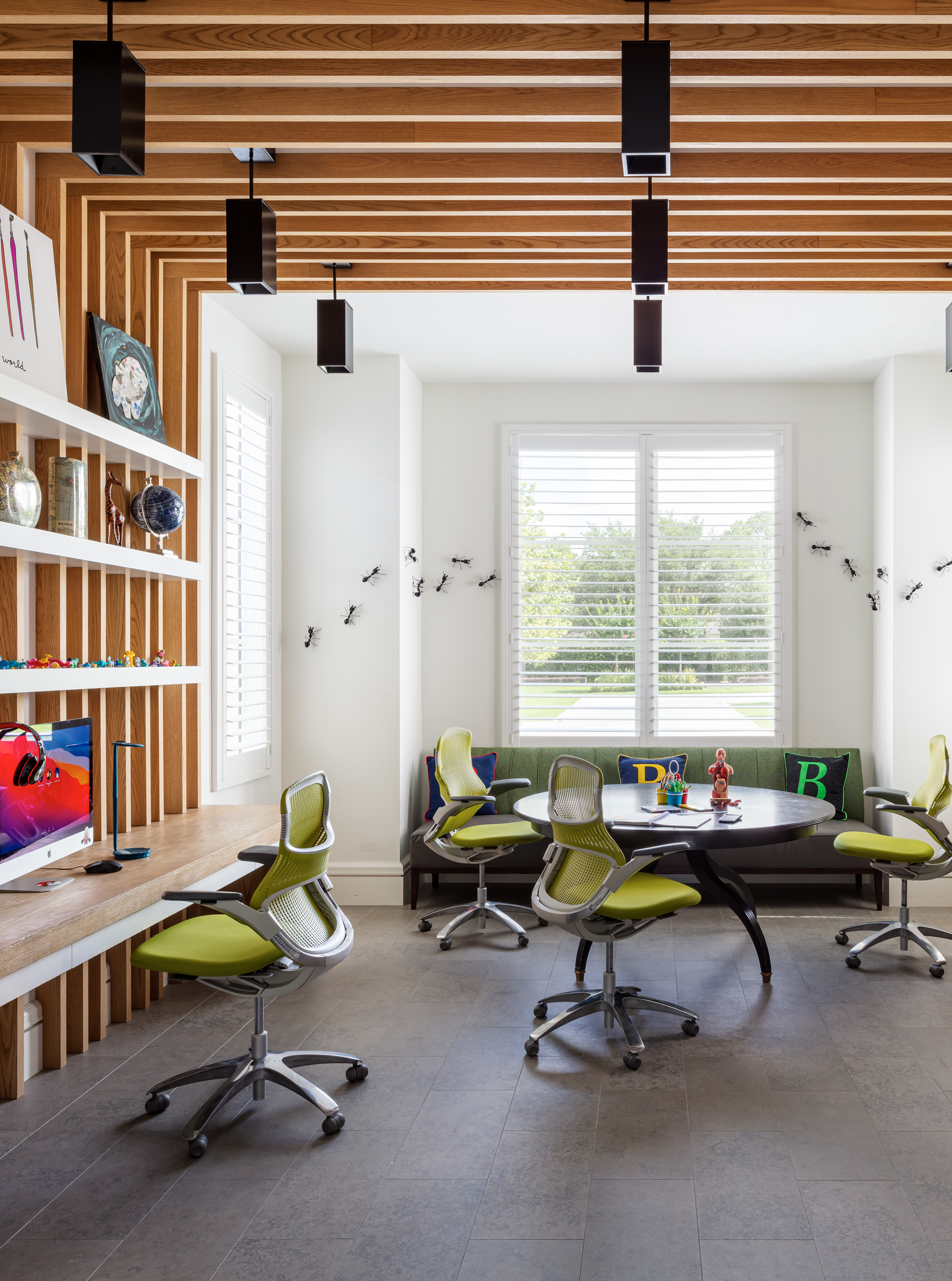
While the visual aesthetic of a piece of furniture is what typically draws us in, don't weigh your entire decision on this factor alone. Functionality should also be at the forefront of your mind, especially for big-ticket pieces of furniture that you'll use daily, like your living room sofa.
'It’s easy to fall for a gorgeous chair that’s wildly uncomfortable,' warns Meredith. 'Prioritize how you live – opt for pieces that balance form and function beautifully for your lifestyle.' Don't settle for a dining table without space for the whole family, for example, or a sofa without that extra hidden storage you need.
Robin Sturm, senior project manager at Marc-Michaels Interior Design, urges us to consider buying functional furniture that creates a multi-purpose environment, too. 'This room functions as a family study for after-school tutoring, homework sessions, or Zoom calls with friends,' she says in reference to the space above. 'Task chairs on castors create flexibility for all kinds of activities and avoid creating a space that's committed to a singular purpose.'
8. Forgoing the Finer Details
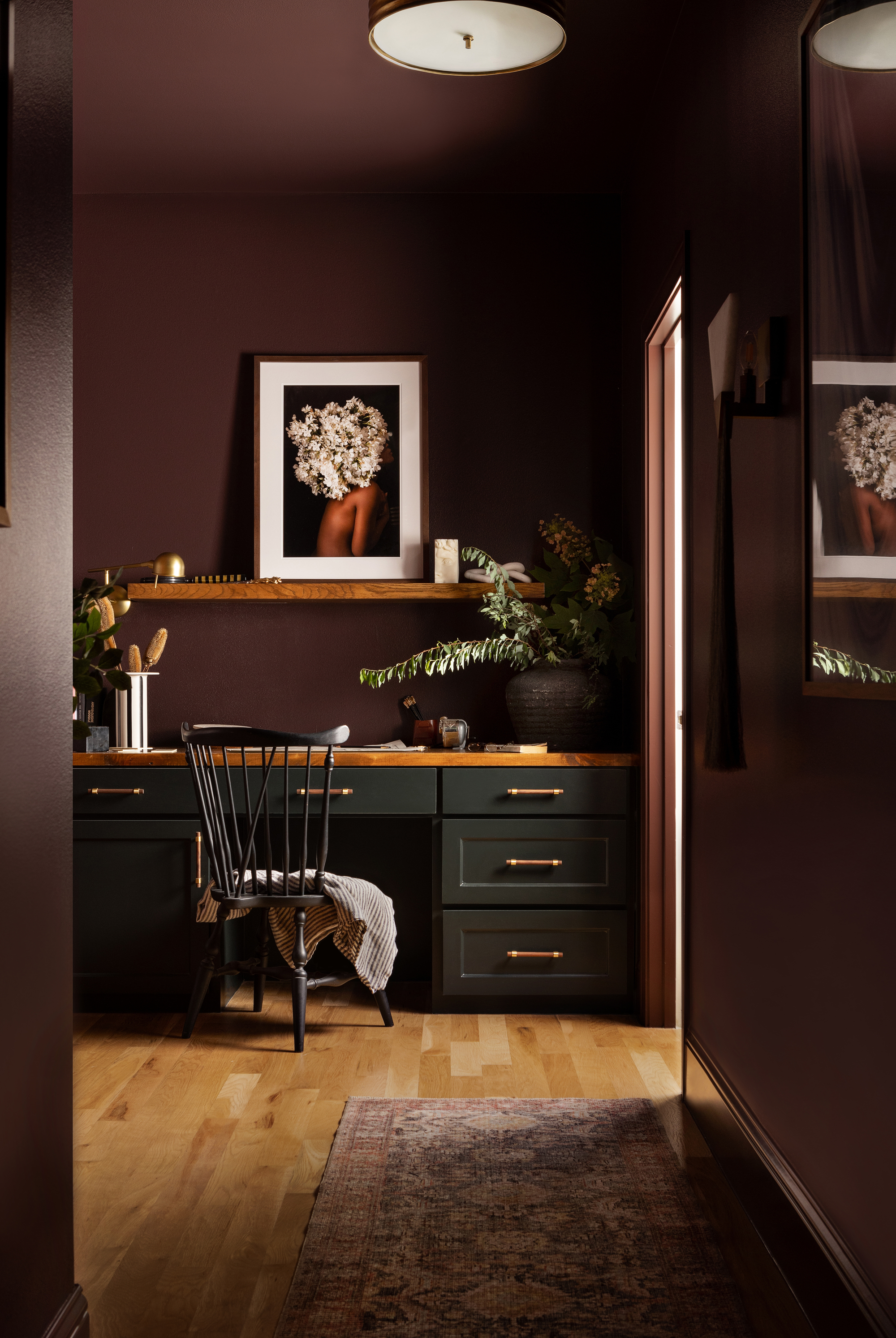
When purchasing new furniture, the minutiae matter more than you think. Your closet might have the best quality joinery, but without the premium hinges to match, you'll need to repair or replace it sooner than you'd like.
For any type of furniture, from seating to storage, don't forgo the finer details. 'When purchasing upholstery, look for cushions that have springs with a down wrap,' says Tabitha. 'They sit the best and won’t wear out quickly. Without that, you'll have a saggy seat cushion in just a few years.'
The same applies to case goods like dressers and tables. 'Always purchase items with dovetailed drawers and solid wood,' adds Tabitha. 'They'll hold up for years and can be refinished down the road if needed.'
All the old rules you have probably heard a million times apply when it comes to buying new furniture – 'buy cheap, but twice', 'measure twice, buy once', 'you get what you pay for'. The important thing when buying furniture is a balance of practicality and going with your instinct. You want all your pieces to function in your home, but you want them to add character, too, and reflect your personal style.

Lilith is a freelance homes and interiors writer. As well as contributing to Homes & Gardens she's written for various other titles homes titles including House Beautiful and Livingetc.
